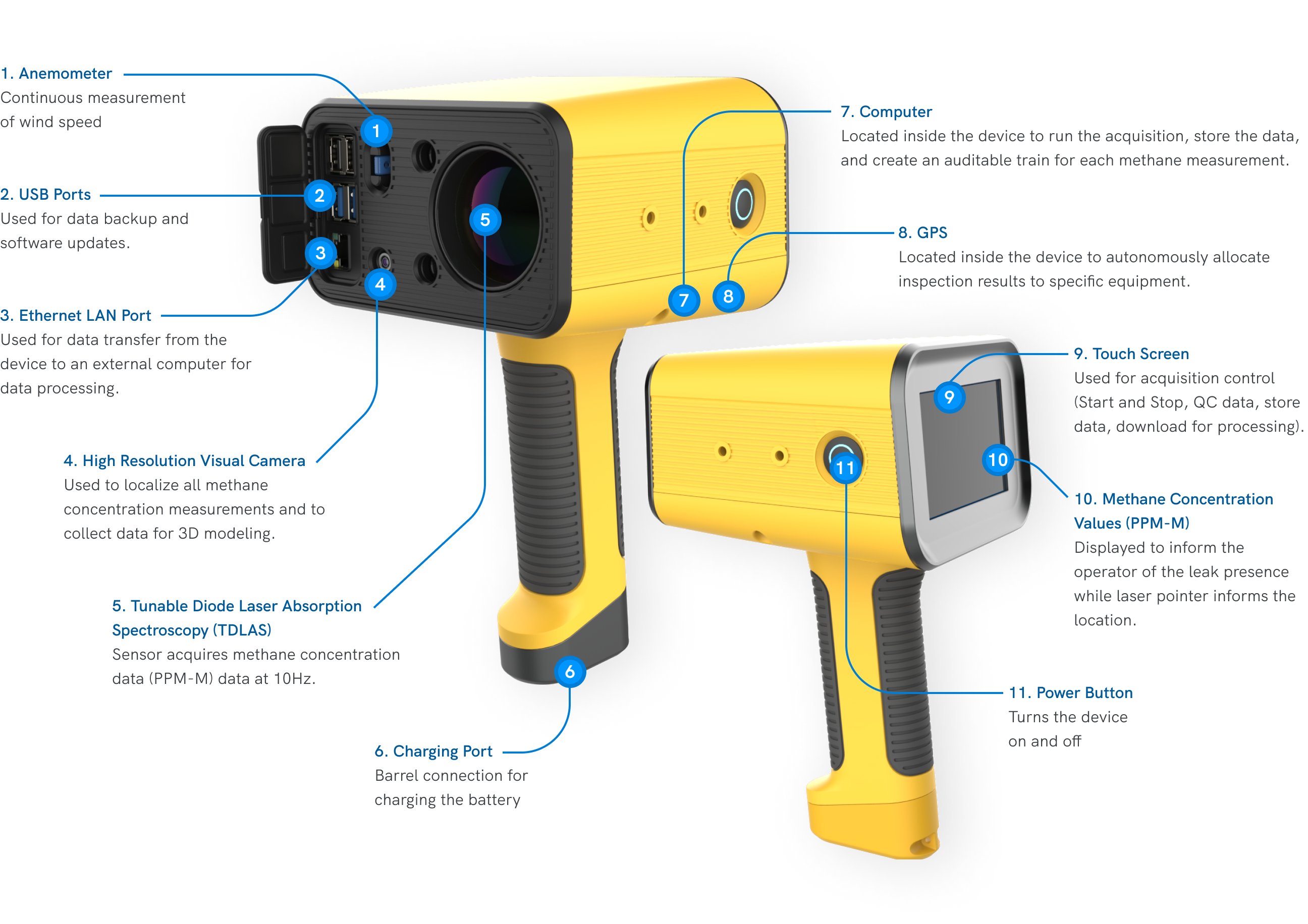In the contemporary era of industrial advancement, the oil and gas industry is under significant scrutiny for its environmental impact, particularly concerning methane emissions. Methane, a potent greenhouse gas, has a global warming potential over 25 times greater than carbon dioxide over a 100-year period. Thus, the development and implementation of robust methane leaks detection technologies are not just regulatory mandates but also moral imperatives for energy companies.
Enter Laser-based Optical Gas Imaging (OGI), a revolutionary technology that is setting new benchmarks for precision and reliability in methane emissions detection. Unlike traditional methods, which often rely on hand-held cameras and can be limited by human error and environmental conditions, Laser OGI introduces an unparalleled level of accuracy and efficiency to methane detection.
Revolutionizing Methane Emissions Management with Laser OGI
The cutting-edge Laser OGI technology utilizes Tunable Diode Laser Absorption Spectroscopy (TDLAS) to quantify methane concentrations in the air. This approach offers several advantages over conventional infrared OGI cameras. Firstly, Laser OGI provides quantitative data, which is crucial for companies to not only detect but also measure the rate of methane emissions. By providing detailed concentration measurements, businesses are better equipped to take targeted action to mitigate emissions effectively.
Moreover, Laser OGI systems, such as the Xplorobot Methane Emissions Management System (Xplorobot MEMS), incorporate real-time data analysis, which means that leaks can be detected and addressed much more rapidly than with traditional methods. The system's speed and responsiveness are critical in minimizing the environmental impact of methane leaks as soon as they occur.
Xplorobot's Laser OGI technology goes a step further by offering digital emissions tagging. This feature creates a comprehensive, auditable record of detected emissions, providing not just a timestamp but also the exact location and concentration of methane. This level of detail is indispensable for compliance and reporting purposes, ensuring that businesses can demonstrate their commitment to environmental stewardship and regulatory adherence.
Beyond Traditional OGI Cameras: The Xplorobot Difference
Traditional OGI cameras have been the industry standard for years, but they come with limitations. They often require experienced operators, are susceptible to environmental interferences, and do not provide quantitative data. Xplorobot's Laser OGI technology overcomes these hurdles by delivering high precision with minimal operator training. The system's ease of use democratizes the detection process, allowing for a broader implementation across various operations within the industry.
Field results have been remarkable. Xplorobot Laser OGI has demonstrated the ability to detect methane emissions rates as low as 0.3 grams per hour, a sensitivity level that is critical for early detection and prevention of larger emissions events. Additionally, testing at facilities like the Methane Emissions Technology Evaluation Center (METEC) has shown that Xplorobot Laser OGI can achieve a 91.4% true positive rate for methane detection, with a 90% detection limit of 4 liters per minute.
Such performance not only instills confidence in the technology but also positions Xplorobot's Laser OGI as a leading solution for companies serious about managing their methane emissions. By implementing Xplorobot's technology, businesses can expect to see a significant reduction in their environmental footprint, aligning with global sustainability goals and increasingly stringent regulatory landscapes.
In conclusion, Xplorobot's Laser OGI camera is a technological leap forward in methane emissions detection. Its precision, ease of use, and comprehensive data analysis represent a significant upgrade over traditional OGI cameras. For the oil and gas industry, adopting such advanced technology is not just a competitive advantage; it's a step toward a more sustainable future.




